The Other Side of Hard
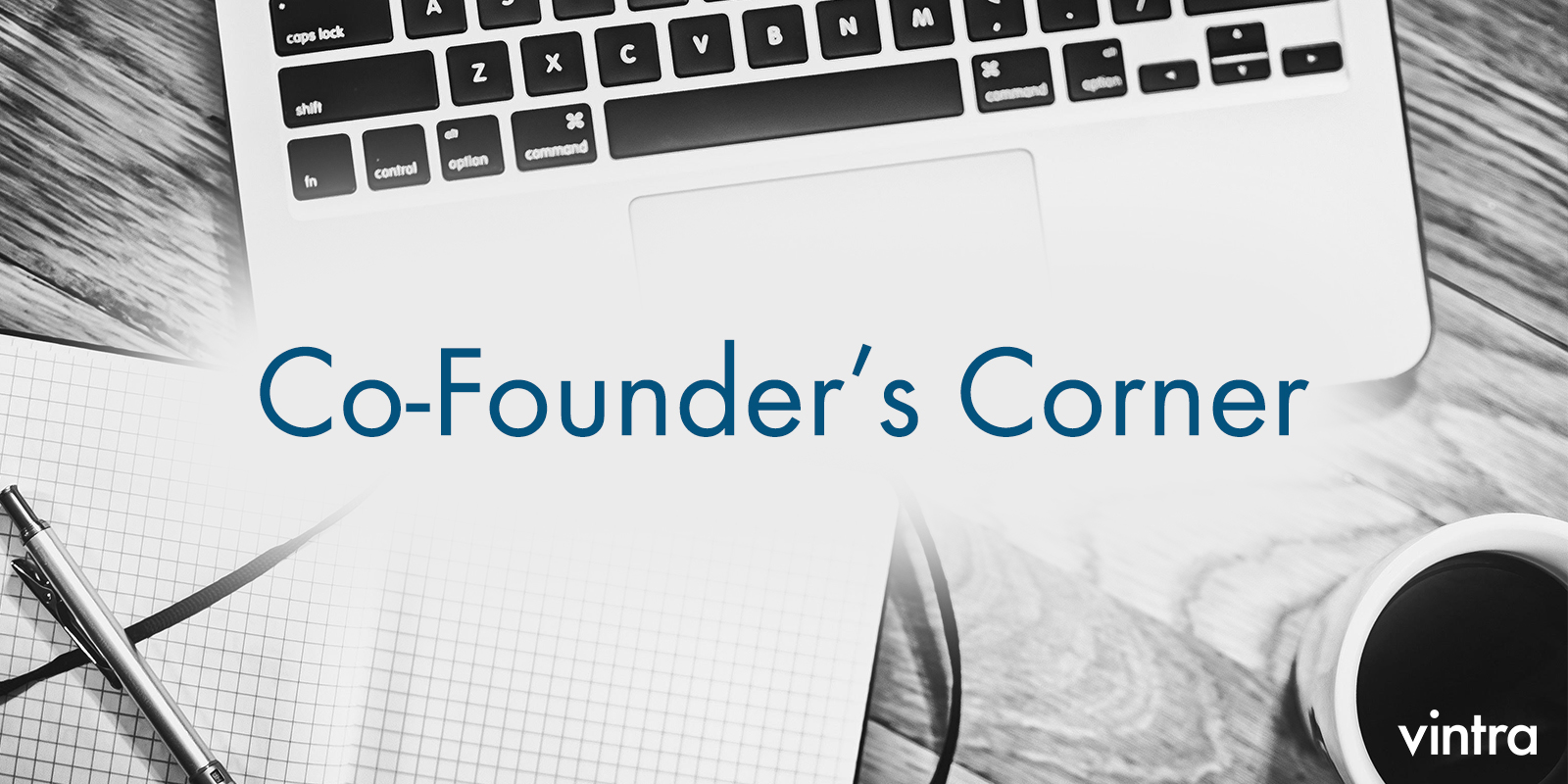
We recently announced a new round of funding, led by Morpheus Ventures and Lavrock Ventures, with continued participation from Vertex Ventures, Bonfire Ventures, and In-Q-Tel. You can learn more about that here.
My wife has this saying she whispers to our girls, aged 3 and 5, when they are struggling with something: “We are the Boekesteins and we do hard things.” It centers them, reminds them they’re part of a bigger team, and empowers them to keep going. She’ll also drop it on me if I let out a sigh after realizing it’s my night to do the dishes.
I’ve always loved the phrase for my little ladies, but my wife had to start whispering it to me in 2020. We started our journey at Vintra by building industry-leading AI that adds intelligence to already-installed security cameras. This makes it easy for the security professionals we serve at leading Fortune 100, tech, critical infrastructure, healthcare, and national security organizations to build and operate the safest and smartest environments.
But in order to realize our vision, we had to navigate some very hard things in 2020, as colleagues lost loved ones to COVID and we had to let some of our market-facing teams go in order for us to focus on product development. We faced a changing market as our software needed to be enhanced to address new use cases in critical infrastructure, healthcare and national security, which weren’t so impacted by COVID restrictions. We even built a face covering detector in just a few days for customers. It was, to say the least, a team effort and something of which I’m immensely proud to have been a part.
The by-product of all that hard work was a more robust product and feature set as well as a highly flexible and scalable environment that continues to set the standard for AI-powered video analytics. We’ve grown contracted revenue by nearly 3x over the last five quarters, expanded our development team by more than 40%, increased our partner network by 300%, and received two patents while also publishing multiple papers in international computer vision journals.
We’re in the “human flourishing” business — our vision is to see every organization and their people secure and flourishing.
Now, while we were busy doing hard things at Vintra, our customers were doing the same. We serve physical security professionals and, while their work is very rewarding, they’re like referees and umpires — the best are the ones you never notice. Imagine if your job was to bat 1000% on deterring every threat that came after your organization, respond perfectly to high-stress security events that have lots of changing dynamics — including the health and safety of your colleagues — and complete every investigation with lightning-fast speed and a crystal clear outcome.
Oh, and you need to do all this while parked in a dark room called a GSOC, with regularly changing health and safety protocols, legacy tech that doesn’t talk to the new tech you want to install, and with an underfunded budget that many in the C-Suite see as a cost center rather than a revenue-enabler. It is a job filled with hard things and we’re privileged to partner with and force-multiply this amazing group of folks while helping them digitally transform their organizations.
At Vintra, we’ve taken a different approach than most start-ups in this space: rather than go after smaller, less-demanding customers and laddering up, we’ve gone after larger enterprise customers with the most challenging use cases right from the start. We did this because we thought a cutting-edge vaccine manufacturer, global Fortune 5 consumer tech leader, industry-leading research hospital, and federal health agency would push us in ways that a coffee shop would not. These are the hard things that we focus on to support our customers. With that in mind, I want to preview a bit about what we’re going to be building to support them next.
We’re now entering the 2nd wave of AI-powered use cases in physical security and safety. Wave 1 was getting deep learning-based object recognition to work on fixed and mobile video for both descriptive (men in blue shirts near white trucks) and definitive objects (face, person, vehicle Re-ID) and select events. This technology has to work across challenging scene conditions, ever smaller objects, and when the objects aren’t fully visible. The technology also has to deliver lightning-fast search, accurate tracking, and robust re-identification for situational awareness and investigative use cases. All these things are built into the end-to-end solution that our customers use in our current Vintra Prevent and Vintra Investigate products.
Wave 2 is about applying machine learning to the ever-growing corpus of machine learning-produced metadata that we are capturing from video and, soon, other sources. It’s about getting recommendations and answers, not just information and analytics. My co-founder and CTO, Dr. Ariel Amato will go into this in more detail soon in another blog, but at a high level this is going to happen in a few ways:
- Condition Agnostic – As the scenes where customers deploy us get more challenging, we’ll continue to use approaches like synthetic training data and transfer learning to perform at state-of-the-art levels
- More Camera Types – Our tech has always worked on fixed and mobile cameras but now we’re going to bring it to more types of imaging solutions, such as infrared and multi-imager solutions. We’ll also be pushing our tech to the edge in 2022, which will significantly change the game with regards to inference speed, latency, and cost
- Context Aware – We’ve built a best-in-class multi-class object detector that works seamlessly with classification, tracking, and Re-ID tech. Our next work is to utilize visual transformers and what we called “Focus Nets” to ensure all the neurons in an algorithm are used for only the things that matter in that scene. We’ll also be taking more context into account before returning search and alerts so our customers get ever-smarter search and alert results with less false positives
- Coalesced – While video is the foundation of the solutions we deliver, we’re going to be moving into making sense of other sensor types, like badge access and infrared camera data, and coalescing this data with video to provide new levels of intelligence. Our corpus of inputs will be growing nicely over the next 1-2 years and we’re excited to share this with customers
Ariel and I are really excited to partner with Morpheus, Lavrock and our existing investors to bring these plans to life. If you’d like to join us on this journey of securing environments so people can flourish, we’re hiring and would love to talk. If you’re already on the Vintra team, it’s a privilege to work with you. The tenacity and humility with which you seek to protect others is why I whistle to work in the morning. And if you’re an existing Vintra customer, thanks for the support, partnership, and continued feedback. You’re doing extremely important work and a constant reminder and inspiration that everything worth doing is on the other side of hard.
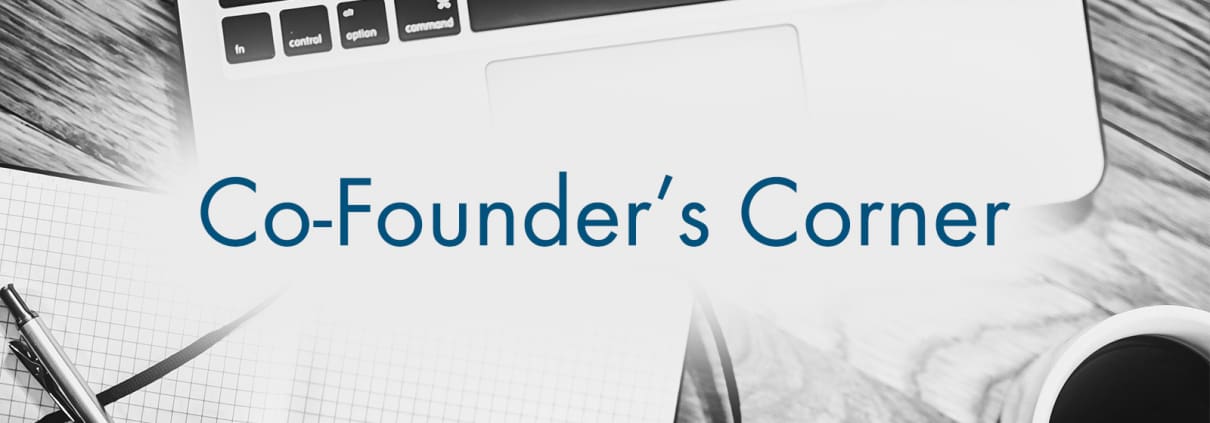


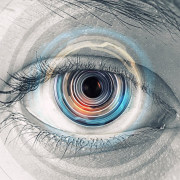

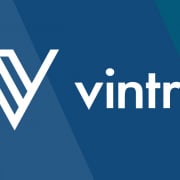

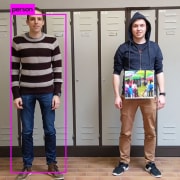
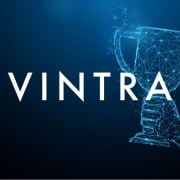


Leave a Reply
Want to join the discussion?Feel free to contribute!